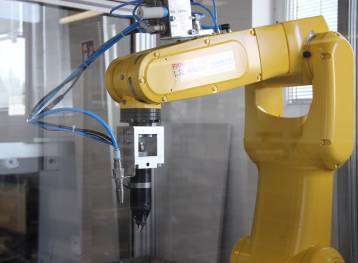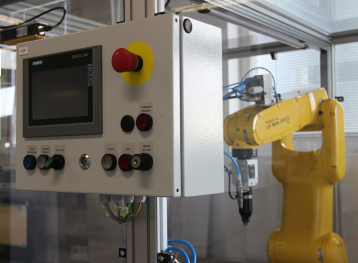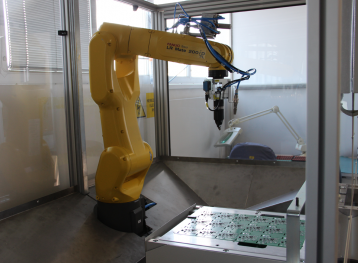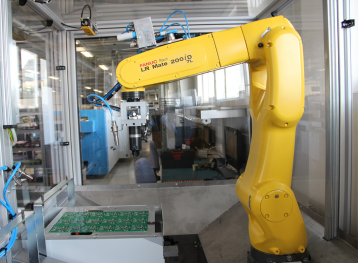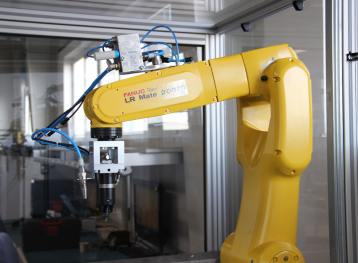We are all driven by change
Additional information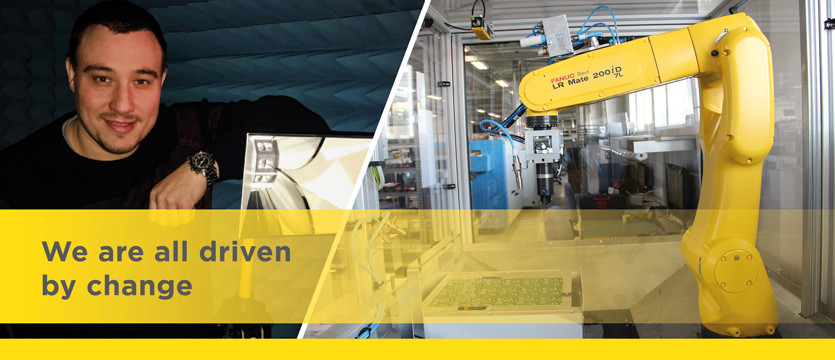
“Honestly, I’m a very annoying person. When I see something, I go for it. Someone can easily throw me out the door a hundred times, but I’ll return the same way through a window or a chimney anyway. I want to do things right, “said Petr Demek three years ago. When he took up the position of production manager at ELKO EP, one of the European leaders in the field of relay manufacturing, intelligent electro installations and increasingly also an innovator in the field of IoT products.
What is the long-term vision of production in ELKO EP?
Throughout its existence, ELKO EP has been striving to reach customers with something completely new, as evidenced by a number of innovative awards for completely unique products or solutions. We have always strived to be innovators in our field. Of course, this is still true, and will be. Two years ago, however, we managed to put together a team of people who opened such an internal faction for production in this spirit.
Is it an advantage for you to have in-house production? Isn’t that an unnecessary luxury?
It’s a big advantage. I dare say that this is what makes ELKO EP unique compared to similar large companies. On the other hand, the number of innovations and products is quite a problem for the production system. The higher the variability of the production program and the wider the portfolio, the more demanding the production system.
But for you, as production manager, it is also an extraordinary challenge…
Definitely, from the very beginning, our vision was to achieve even higher quality and production efficiency in such a demanding system. But in practice, this means combining a number of unusual attributes and projecting the full breadth of our portfolio into production. The main motive was the effort to adjust production capacity in such a way that would meet the ever-increasing demands of customers for volume and price. In this way, ELKO EP is a strong support for further growth. That’s when we started mapping, analysing, creating specific goals and plans tailored to us.
What did you have to do specifically for that?
It really wasn’t and isn’t enough. First, stabilize, develop and train production teams. Subsequently, divide the production premises into separate corridors (production lines) and direct products into them according to unifying attributes. This greatly simplifies the process on individual lines, which increases their throughput, quality and shortens process times. Optimize the workplace of these lines, their processes and KPI metrics, according to this targeted product focus. Hand in hand with this goes the innovation of machines and devices, the introduction of automation and robotics and further optimization of production. Thanks to this, we were able to implement a planning system for a new production model and significantly affect the level of production.
In what team do you advise on investments? Who has the last word?
It is a close team of people who usually manage individual production areas or improve them procedurally. Then we are able to perfectly write down the whole need for investment and create a clear basis for expressing benefits, risks and returns. In this team, according to the resulting analyses, we will decide which investments we will apply for and when. And as in any advanced company, the economic investment plan always has the last word after submitting a clearly substantiated application.
Which investments from the recent past do you consider to be key, and which are crucial in the near future?
To get where we are going, we need to make and make a whole range of investments. At the moment, we are solving, for example, automated screen printing with selective dispensing, 3D automatic optical inspection, and a soldering line, a unique robot for cutting the terminals of THT components, a semi-automatic mass programmer or a laser marking station.
Which of them do you consider strategic?
Implementation of the planning plant Simulation SW from Siemens, which is supplied to us by Axiomtech. In the first phase of its implementation, important changes had to be made to the production organization and a significant part of the performance standards was re-measured. We perceive the second phase as a tool for better synchronization of production operations and inter-operational flows. Throughout these periods, the software serves primarily as a status indicator, not a planning aid. Only when the processes are fine-tuned does it become a planning tool. Knowledge of the process is the alpha omega of everything. All technology only tunes a specific partial part. In addition, the introduction of automation technologies, such as the shearing robot. It is important to get rid of simple routine operations in production. And now I will not intentionally mention their added value. It makes sense to deal with this only subsequently. As far as mass production is concerned, it is basically a chain and it is as strong as its weakest link. And sometimes it can happen that you will be threatened by the failure of a completely mundane operation. These risks are the easiest to eliminate and need to be addressed first.
Calendar
- Mo
- Tu
- We
- Th
- Fr
- Sa
- Su
-
1
Hannover Messe 2025 ( Trainings and Exhibitions )
-
2
Hannover Messe 2025 ( Trainings and Exhibitions )
-
3
Hannover Messe 2025 ( Trainings and Exhibitions )
-
4
Hannover Messe 2025 ( Trainings and Exhibitions )
- 5
- 6
-
7
Middle East Energy 2025 ( Trainings and Exhibitions )
-
8
Middle East Energy 2025 ( Trainings and Exhibitions )
-
9
Middle East Energy 2025 ( Trainings and Exhibitions )
- 10
- 11
- 12
- 13
- 14
- 15
- 16
- 17
- 18
- 19
- 20
- 21
- 22
-
23
Del Mar Electronics & Manufacturing show San Diego ( Trainings and Exhibitions )
-
24
Del Mar Electronics & Manufacturing show San Diego ( Trainings and Exhibitions )
- 25
- 26
- 27
- 28
- 29
- 30

 E-shop
E-shop
